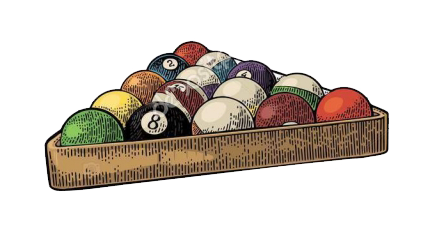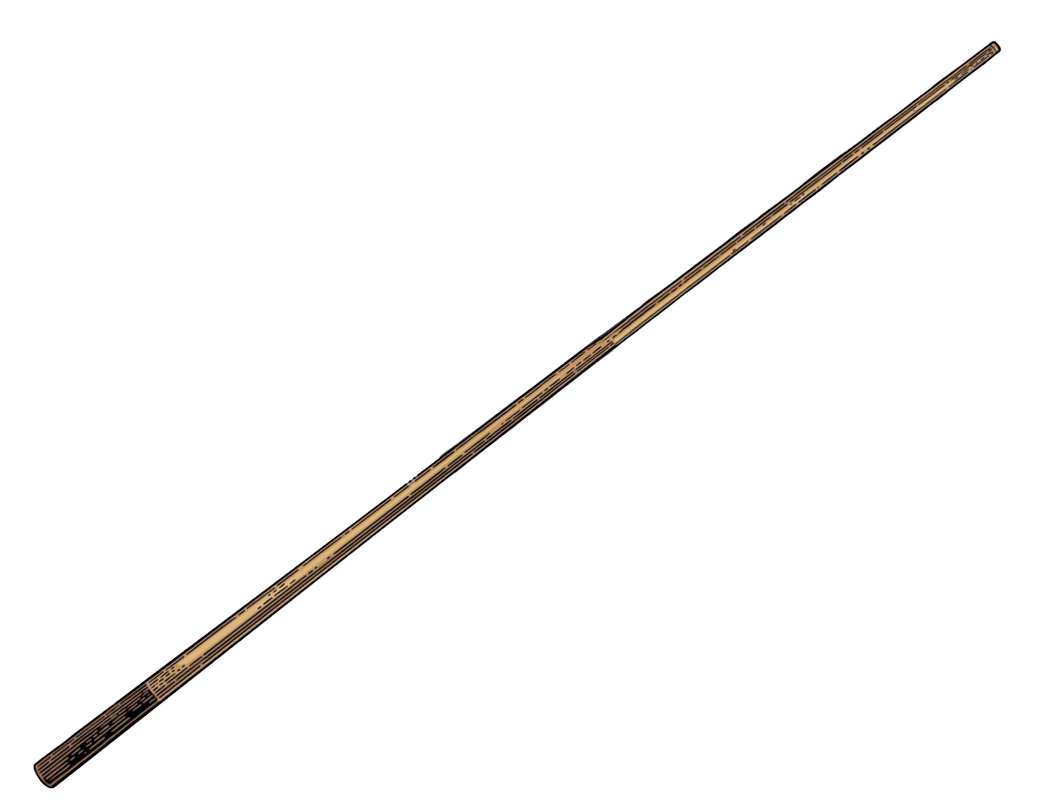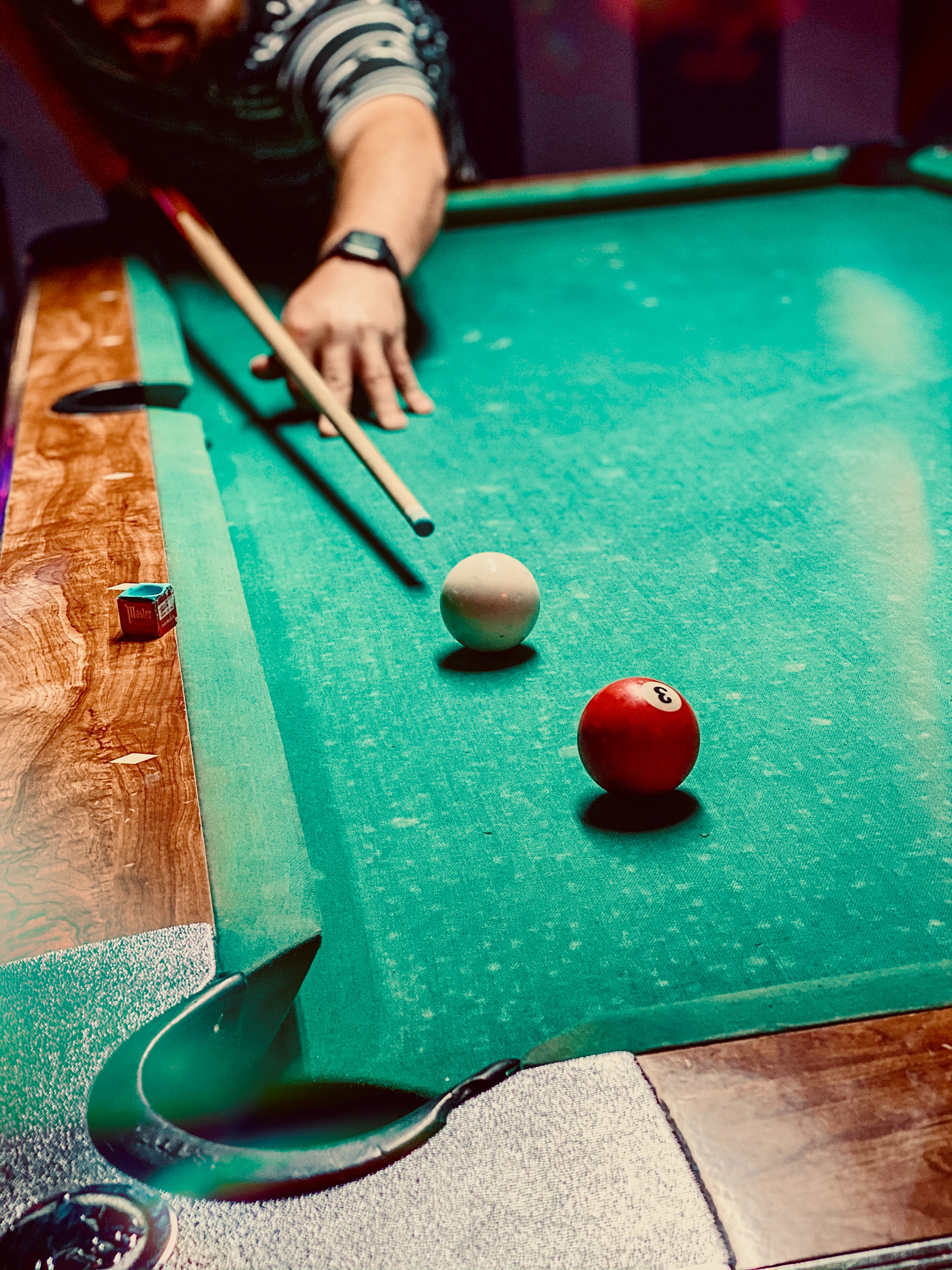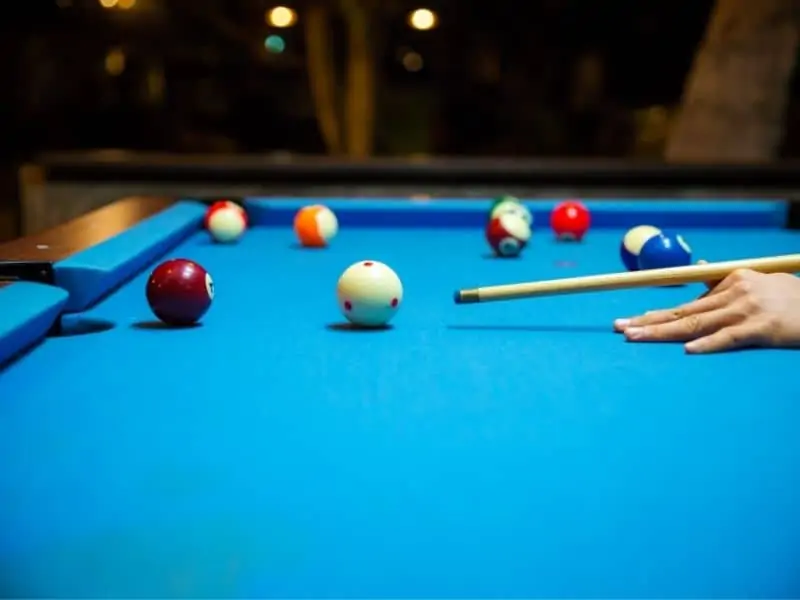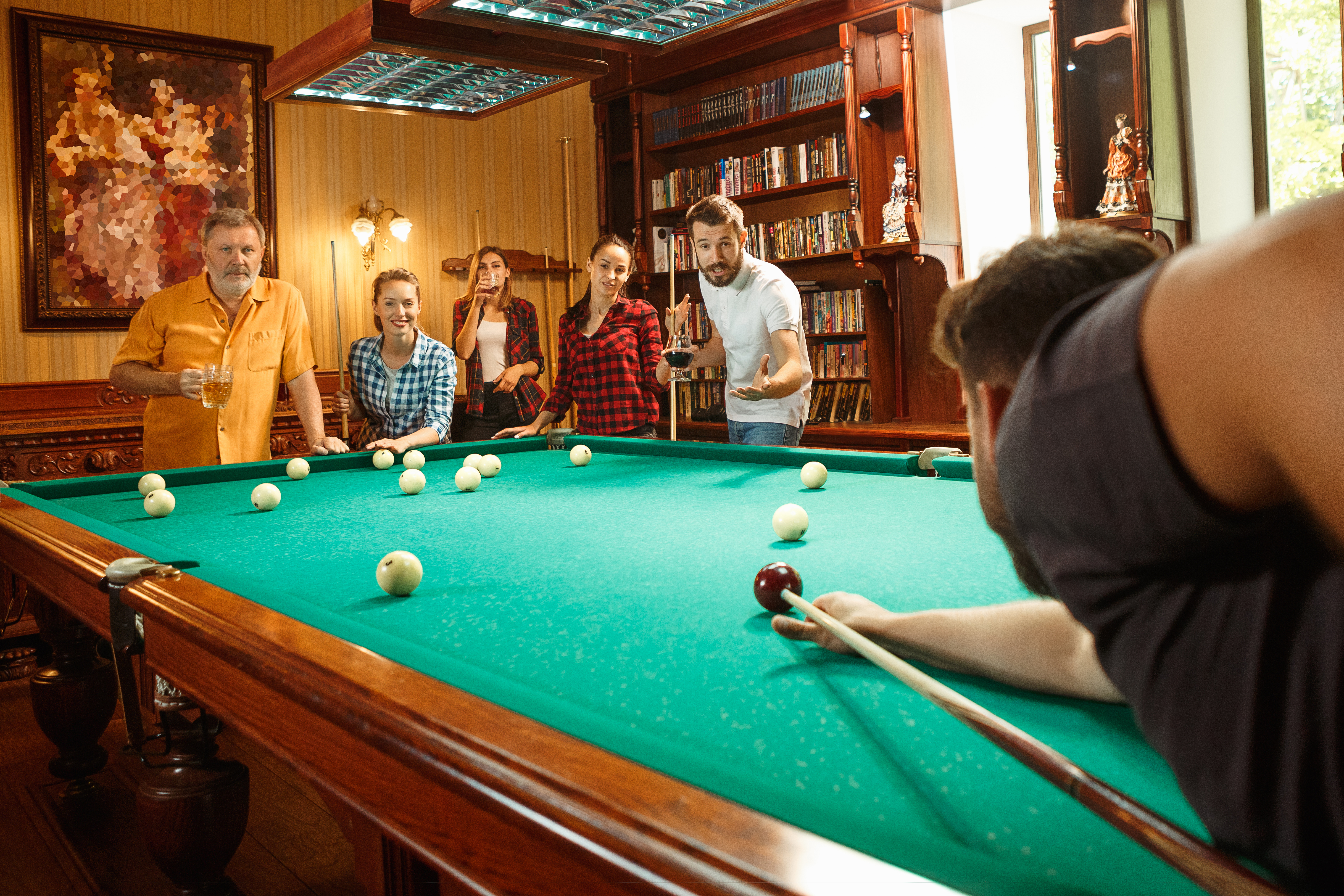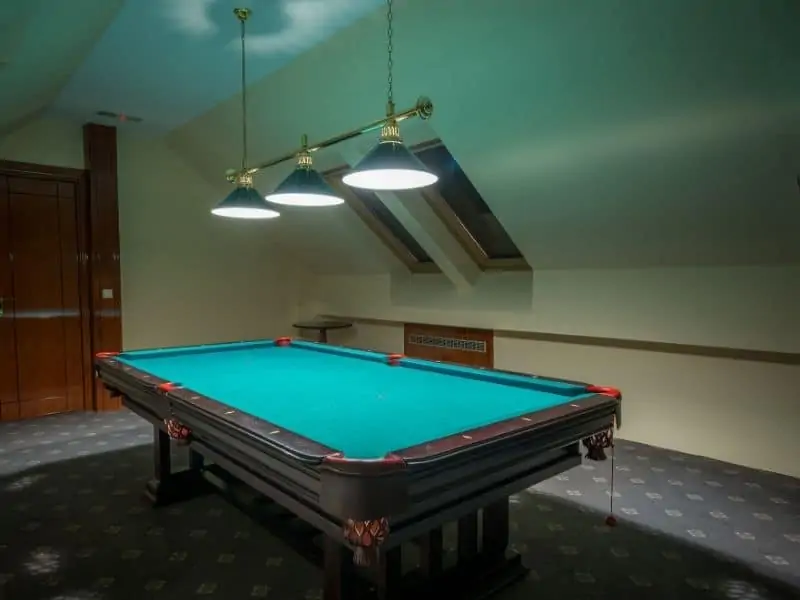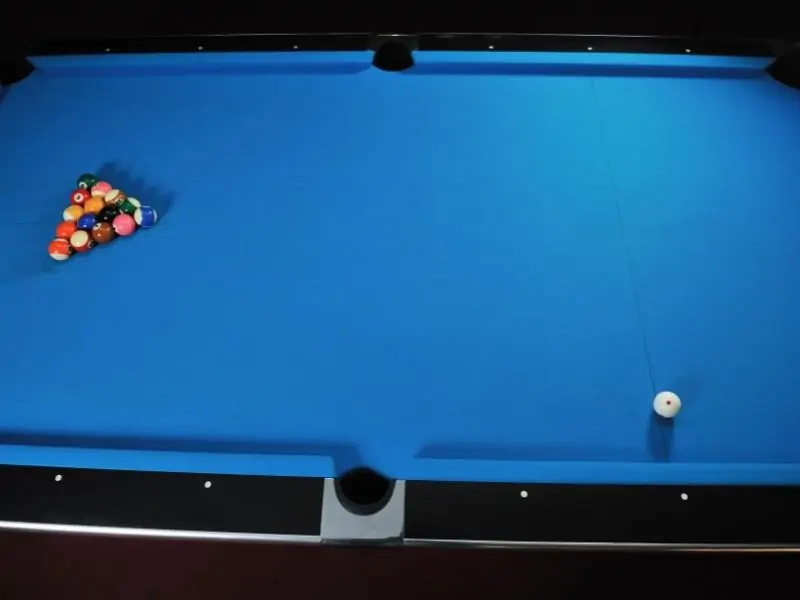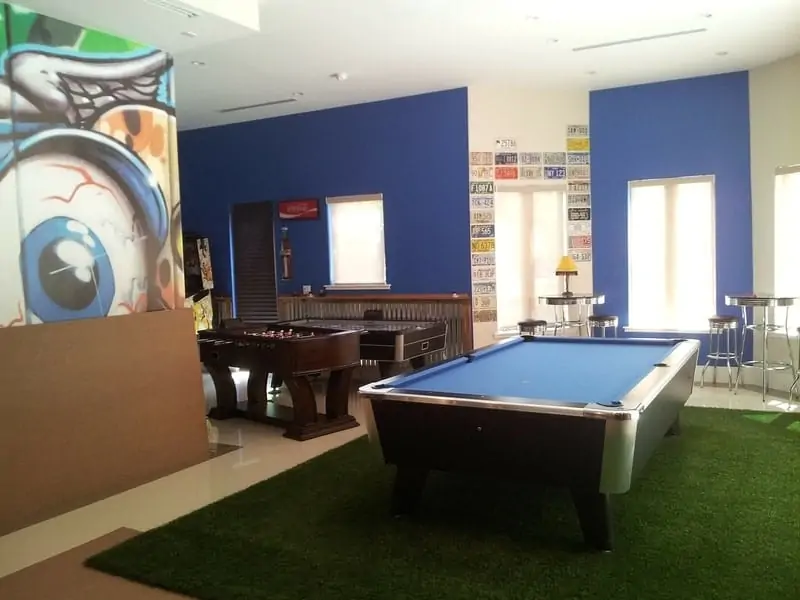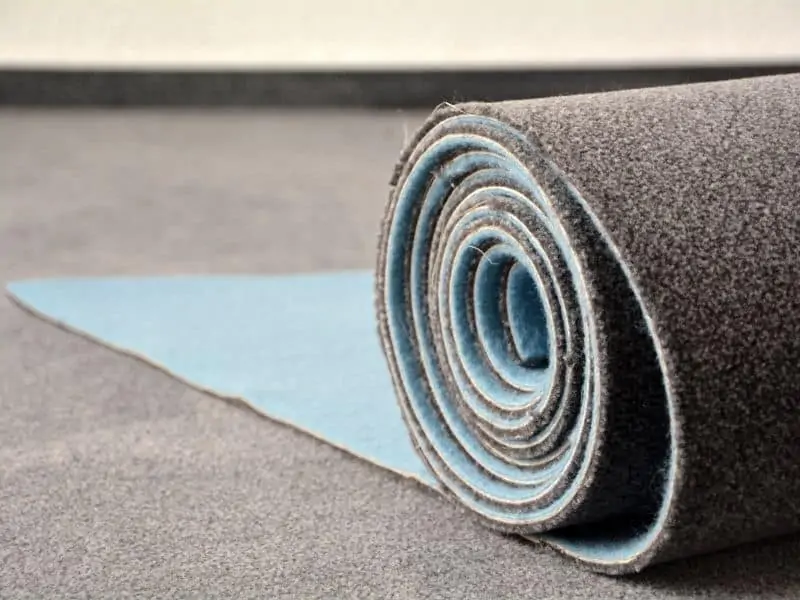Pool balls have both colors and numbers. They also have variations in the colors in the form of solids and stripes. Not every billiard game has numbered balls. Snooker balls, for instance, don’t have any numbers. So when you really think about it, you could get away with playing many games without the numbers. So why do pool balls have numbers?
Essentially, pool balls have numbers to make the wide variety of different games possible. In concert with the color variations, the numbers make many billiard games easy to play where they would otherwise be frustrating. In games where call-shots are required, numbers make everything that much easier.
What if Pool Balls Didn’t Have Numbers?
A fun way to kill some time is to think about playing your favorite pool games on balls that didn’t have numbers. If you really wanted to, you could tape over your pool balls and play a few games like this. The tape would affect how the balls moved and probably wouldn’t be much fun. So maybe it’s best as a mental exercise.
8-Ball Without Numbers
8-Ball would be the easiest game to play with balls that didn’t have numbers. But really only if you weren’t playing a call-shot game.
8-Ball is played with two players. Solids are assigned to one player and stripes to the other. You can only pot the 8-ball when you’ve potted your other balls. So, in this sense, it would be an easy game to play. If you’re stripes, just shoot at the stripes. If you’re solids, just shoot at the solids while saving the black ball for last.
But what if you were playing a call-shot game, much like many pro tournaments require? You would have to keep saying “this ball, corner pocket,” or “the yellow striped ball, corner pocket,” instead of “the 1-ball, corner pocket.” Granted, it wouldn’t be all that difficult to do, but there would likely be some confusion at some point during play.
And that’s not even considering players who are color-blind. They benefit from the numbers, too.
9-Ball
9-Ball would be the hardest game to play with balls that didn’t have numbers. The balls must be potted in ascending order from 1 through 9. Without numbers, there would have to be a poster or a diagram posted somewhere to tell the players which ball was which.
Either that or the players would have to memorize which ball was which so they could know where to shoot.
Without numbered balls, we might not even have 9-ball. We’d probably have some strange variation of it, but it relies so much on being able to see the numbers, it probably wouldn’t have been invented.
Cutthroat
Cutthroat is probably the most popular three-person pool game there is. At least in America. Each player gets assigned five balls, 1-5, 6-10, and 11-15. The object of the game is to be the only player with any balls left on the table. In cutthroat, you’re trying to sink the other players’ balls and protect your own, if you can.
It’s a game that relies almost entirely on the balls being numbered. Without those numbers, it would be really easy to start mixing balls up, which would make the game pretty frustrating and chaotic.
Like 9-ball, it would technically be possible to play Cutthroat with balls lacking numbers, but it would be tough. And also like 9-ball, Cutthroat would likely have never been invented if balls didn’t have numbers.
When Did Pool Balls Get Numbers?
Many different kinds of billiard games are still played today with balls that are only colored and not numbered. Snooker balls are all of solid color, and none are numbered.
Carom is only played with three balls, none of which are numbered.
English blackball is played with 15 object balls, but only one of them, the black 8-ball, is numbered.
But the rules of these games don’t really require them to have numbered balls the way that games like 9-ball do. So why did pool balls get numbers? And when did it happen?
The reason balls got numbers in the first place was likely so there could be more games invented. As I said above, the combination of colors, numbers, stripes, and solids allows for a wide variety of games that can all be played with the same set.
The first numbers and colors reportedly started showing up on billiard balls around the 1770s, nearly 200 years after the first mention of table billiards in written history.
In Conclusion
American pool balls have numbers because they make the wide variation of games we enjoy easier to play. If some enterprising soul hadn’t thought to put balls on numbers way back in the 18th century, we would likely have very different games to play on pool tables today.
When you combine the numbers with the colors and the fact that some are solids and some are stripes, you have a whole world of possible games. You could play one of the tons of pool games that have already been invented, or you could get creative and make up your own game. There are tons of unique sets of pool balls available today, but they all follow the basic formatting of numbers, color, solids, and stripes.
Thanks to the numbers of pool balls, anything is possible. You can have hours and hours of fun playing a game like 9-ball. These games may seem simple for us to understand, but imagine playing them if we didn’t have numbers on the balls!
Other Articles You May Be Interested In
- The Colors of Billiard (Pool) Balls: Solids & Stripes
- Why Do Cue Balls Have Red Dots?
- What Are Pool Balls Made Of?
- Can You Clean Pool Balls in the Dishwasher?
- How to Identify Aramith Pool Balls
